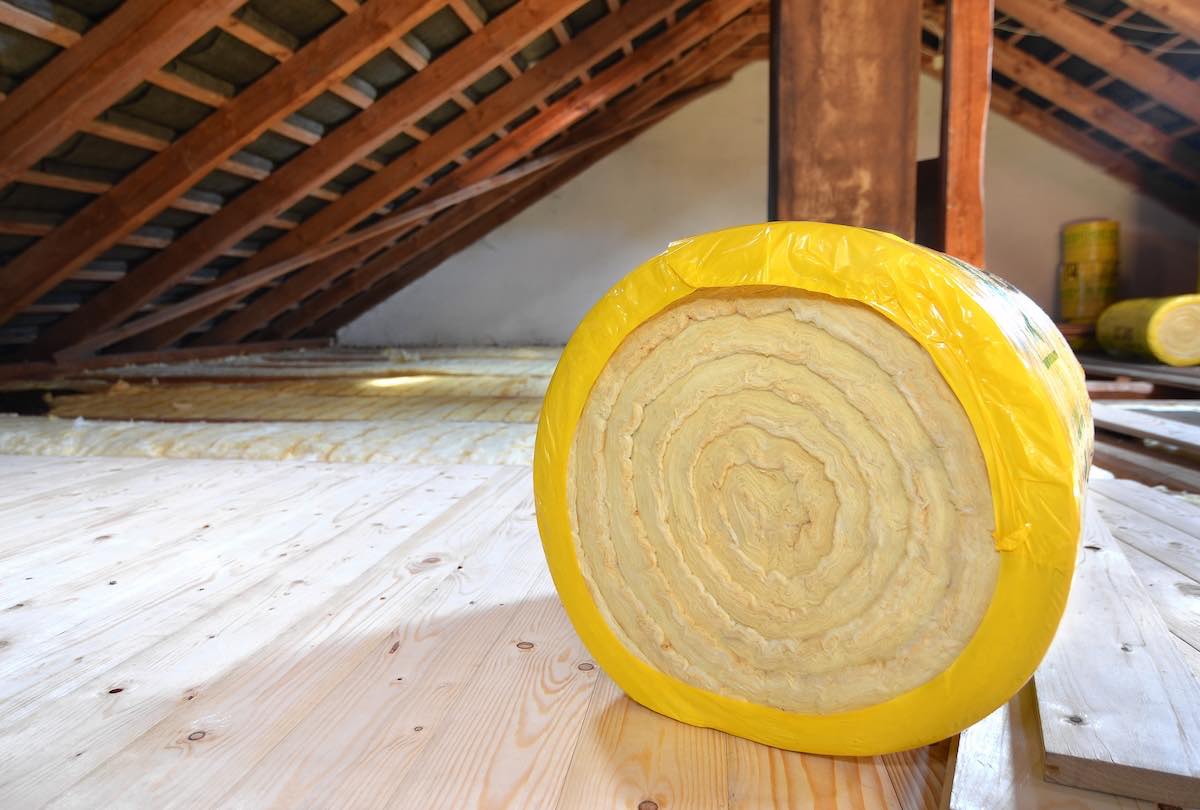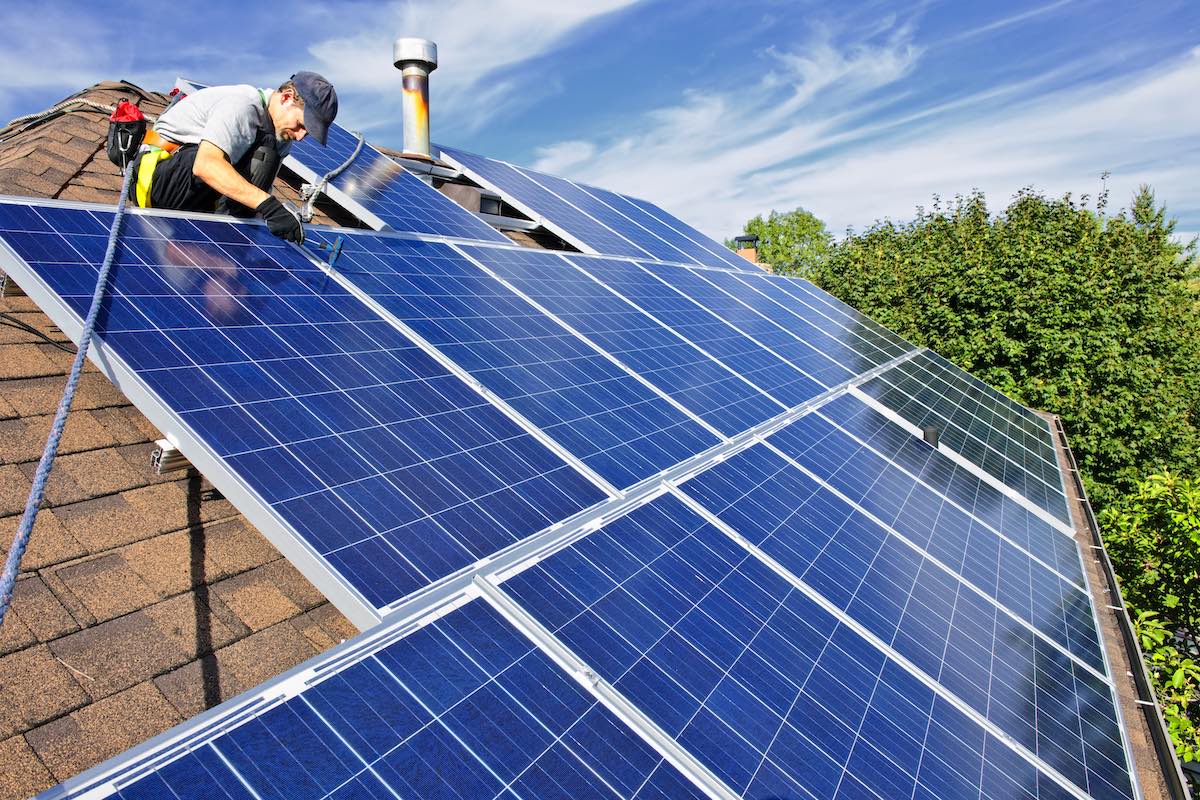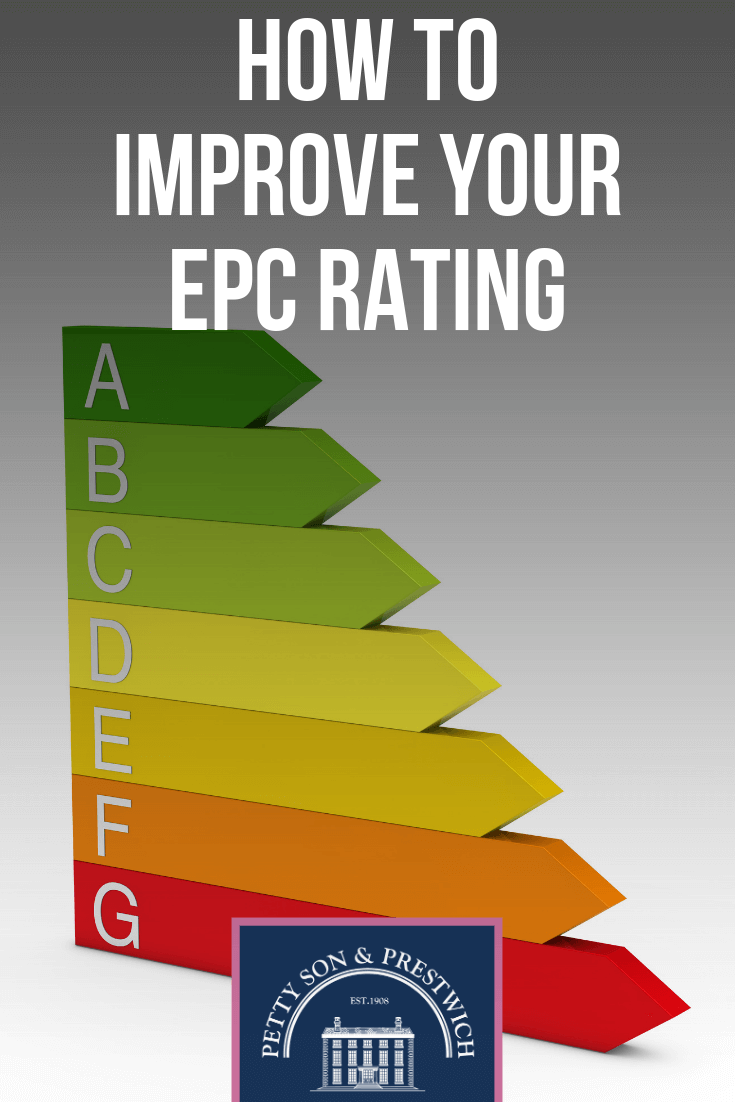As many of you will already be aware, the latest phase of the Government’s drive to improve the energy consumption of domestic properties comes into force next April, and now is the perfect time to act if you are a landlord in England or Wales. The legislation, first introduced back in 2018, is part of a huge effort to bring emissions down to zero by 2050, and landlords need to take heed if they haven’t done so already.
The EPC story so far…
Last April saw the law change to prohibit new tenancies being granted for properties whose Energy Performance Certificate (EPC) rating fell below band E. This year, however, the rule extends to ALL domestic properties, so even existing tenancies are going to need to meet or exceed the band E cut off point.
So, if you’re property is currently sitting at either F or G, you haven’t got long to get your house (or flat!) in order if you want to remain compliant and avoid some rather hefty penalties. Thankfully, there are a few simple things you can consider that may move the needle enough to get you out of trouble in the short term, and we’re going to explore a few of those today.
However, it’s important to bear in mind the fact that the Government looks set to take things a lot further in years to come, with the prospect of all privately rented homes having to meet an EPC rating of C or above by the year 2030.
This could sway how you act now, as papering over the cracks with a short-term outlook may eventually end up costing you more, especially if you’re looking to stick with your investment for the next decade or more.
The EPC rating bands explained
Before we get down to the nitty-gritty of improving your rating, it’s important to know exactly what those ratings mean. Here’s a breakdown of the different bands:
- EPC rating A = 92-100 SAP points (highest efficiency)
- EPC rating B = 81-91 SAP points
- EPC rating C = 69-80 SAP points
- EPC rating D = 55-68 SAP points
- EPC rating E = 39-54 SAP points
- EPC rating F = 21-38 SAP points
- EPC rating G = 1-20 SAP points (lowest efficiency)
Knowing these figures can be vital when it comes to working out what needs to be improved and the impact doing so will have on your rating.
Naturally, as a landlord, you’ll want the best return on investment (ROI) from your improvements or upgrades, and figuring out whether you’ll jump one or two bands could influence your decision as to what gets done and when.
Sitting at 37 SAP (Standard Assessment Procedure) points rather than, say, 23 SAP would require a completely different strategy to potentially garner the same result, so be sure to consult the table above before rushing into anything.
How To Improve Your EPC Rating
So, now we know why, it’s time to turn to how. Here are a few examples of changes you can make to your property to improve your EPC rating ready for the upcoming shift in legislation:
Insulation

Insulation can be applied in so many ways the chances are good that you will have an opportunity somewhere or other to make gains. The obvious place to start is the loft, and the impact can be dramatic if you haven’t got any insulation at all up there. Simply adding 270mm of good insulation can add anything up to 15 points to your EPC rating!
Similarly, cavity walls can bring about a 10 point jump, but they are obviously harder to deal with retrospectively. Don’t forget to lag your pipework and insulate your hot water cylinder as well, if you have one. The improvement, points-wise, will be minimal, but you might only need one or two to jump up a band, so don’t overlook anything...especially something that is so cheap and easy to carry out.
Going from single to double glazing can get you a few extra SAPs, but the cost of replacing windows relative to the gains you’ll make will mean that this should be considered only once you’ve fully insulated everything else. Upgrading old double glazing isn’t likely to move the needle much at all, unfortunately.
Boiler upgrade
It’s obvious when you think logically, and yet so many overlook it...running a heating system is going to dramatically affect your energy consumption, so make sure you have the most efficient system you can afford. Upgrading your boiler is one of the quickest ways you can improve efficiency.
Although it won’t be all that cheap to do, switching out an old battered boiler for a new, energy friendly model could see a rating’s point jump of anywhere between 5 and 20 points. This makes it a potentially quick way to leapfrog bands and ensure that your tenant will be kept warm this winter.
Change heating source

If you are having other work done to your property and you can merge that with an entire heating overhaul, changing the source of your heating altogether could bring huge results. Renewable energy has come on leaps and bounds over the last decade, and the improved technology has crossed over with a drop in price.
This doesn’t mean it’s low-cost fix, far from it, but the initial outlay could prove worthwhile when considered long-term. Adding sources such as solar panels and ground source heat pumps can make a big difference to energy bills. So much so that you could be able to offer a property to tenants without heating bills and still make money by selling some back to the grid.
It’s also worth considering how all of that new energy is to be delivered throughout the home. Things such as radiant heating can be a lot more efficient than bog-standard radiators, so that’s worth bearing in mind as well.
Draught proofing
Although this could have fallen under insulation, there are elements to draught proofing that escape that umbrella...and they’re well worth thinking about, as they’re generally easy to implement and can cause a small uptick in your EPC rating, too.
Think excluders for doors and blocking up unused open chimneys as prime examples of ways to improve your property’s draught beating measures.
Switch your bulbs

Last, but not least, is probably the easiest fix of all - change your light bulbs. If you haven’t done this already, switch those heat generating halogen beasts for cool energy efficient LED bulbs.
Once restricted to standard GU10 spotlights, LED bulbs are now available in all shapes, sizes, and fixture types. So, no excuses!
Final thoughts on improving your property’s EPC rating
Obviously, we’re here today to talk about keeping your property and, therefore, your business, on the right side of the law, but improving your EPC rating goes far further than that. Improving your home’s energy efficiency won’t just keep you compliant, it’ll also make your investment more attractive to those who matter: your tenants.
Making the property more comfortable to live in will increase the chances of your tenants staying put for longer, but also potentially shorten the void periods you’ll experience when they do finally decide to move on. Should you opt to sell, the value of the property may also increase, too.
So, improving your property’s EPC rating turns out to be a no brainer, when you take a broader view. Be sure to take action before the April 2020 deadline.
If you’re looking for help with your property portfolio or would simply like to find your next rental as a tenant, Petty Son and Prestwich can help. Our expert lettings team are always happy to answer your queries or offer advice, so feel free to reach out with any property related questions you may have.
